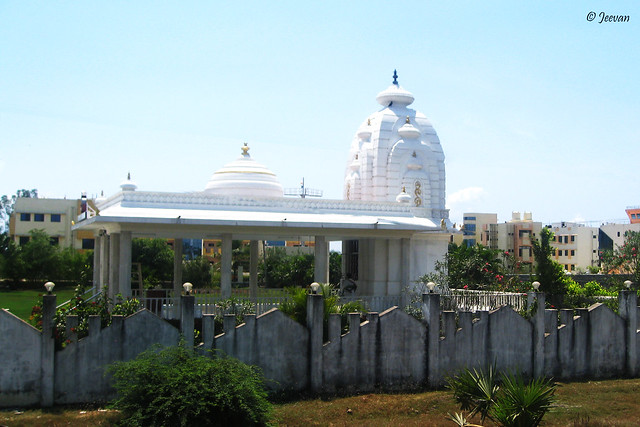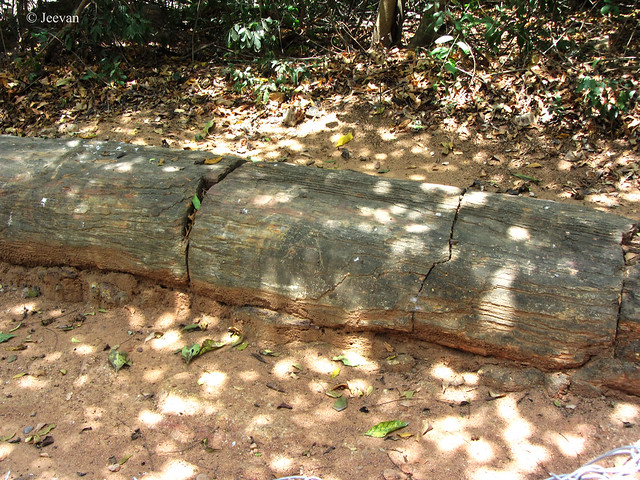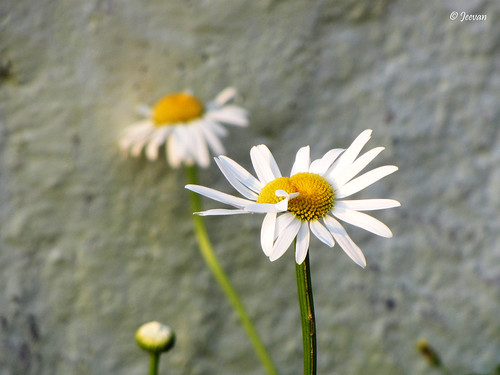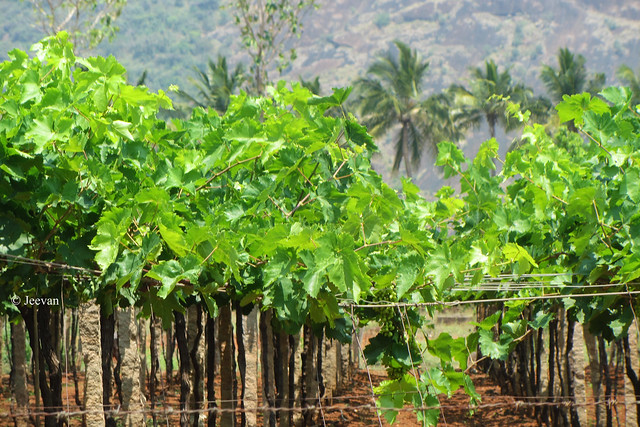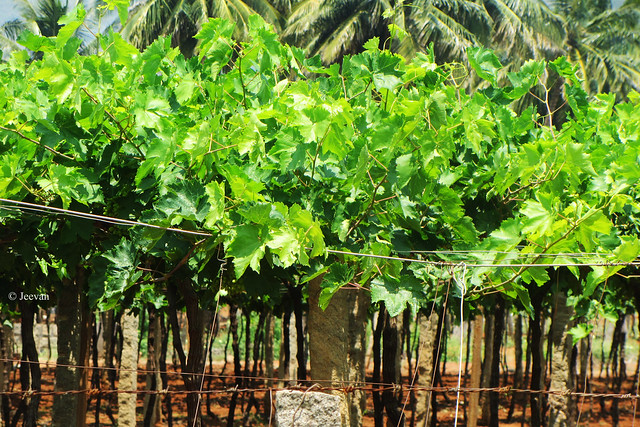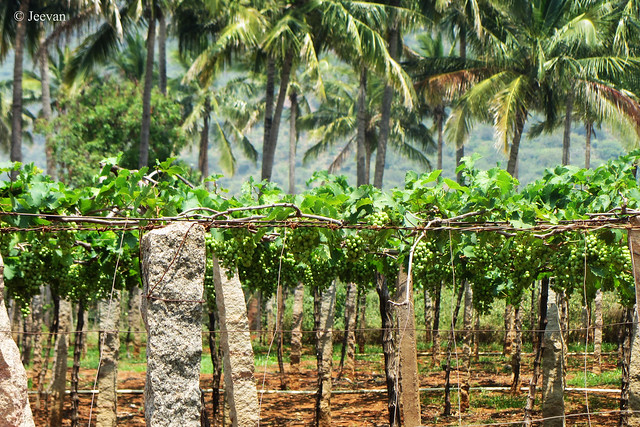A couple
of weeks back I had been to Pondicherry to attend a friend’s wedding and this
is the first time I am attended a function out of my relatives (close) circle
and been to a wedding after long back, I also got to relish on the wedding
dishes. The bridegroom is a friend of mine from childhood and our fathers being
best friends, whom worked and retired from the same govt. service, it’s obvious
how we become friends. Though we aren’t in communication much in older days,
the internet has changed the pattern later to become close, I decided to not to
miss his special occasion.
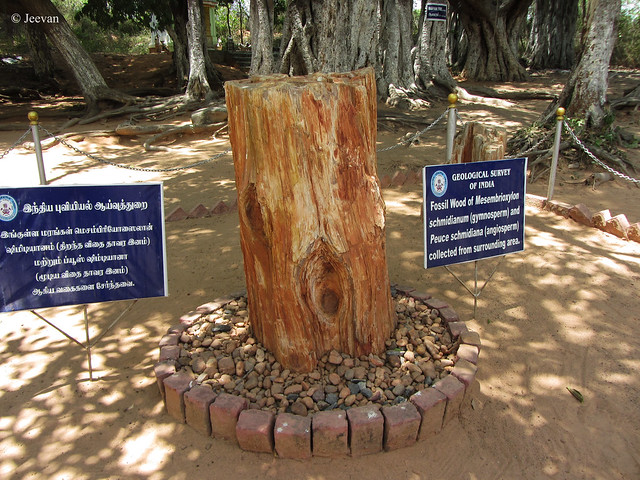 |
| (click each pic for enlarge) |
I
already had a plan back then to visit the Petrified Wood Park (
National FossilWood Park) at Tiruvakkarai on the sideline of attending the wedding, but I
wasn't sure until everyone agreed to give company to the geological park
located about 25 km west of Pondicherry, in the Villupuram District of Tamil
Nadu. It can also either be reached from Villupuram or Tindivanam at about
28-30 kms respectably; the Fossil Wood Park settles on a sandstone mounds little
bit outer from the Tiruvakkarai village on the bank of Sangarabarani River.
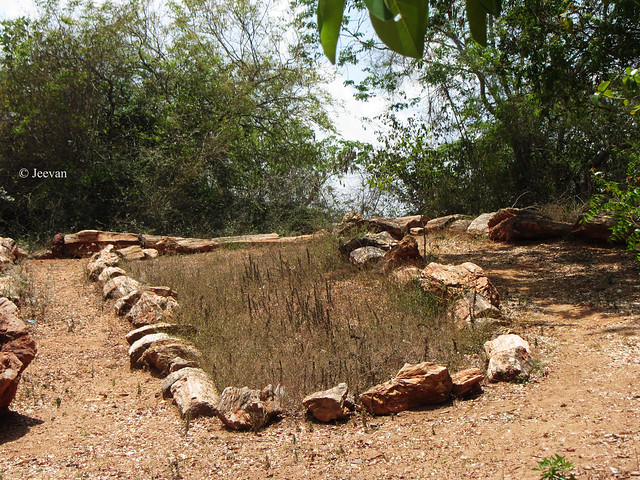
From the
time I read about this place long back in Hindu Metro Plus, I wanted to be
there. Thanks to the GPS Navigation,
there isn't any difficult for me finding route to the place and the road was
also good enough except for few hundred meters close to the site being unpaved.
When we visited, there were very few people in the park, but a van full of
tourist unloaded as we suppose to leave the
park. It’s really wonderful being there, even though it was a hot midday
it doesn't bother much in front of woods displayed in rock formation which was
truly amazing to think about.
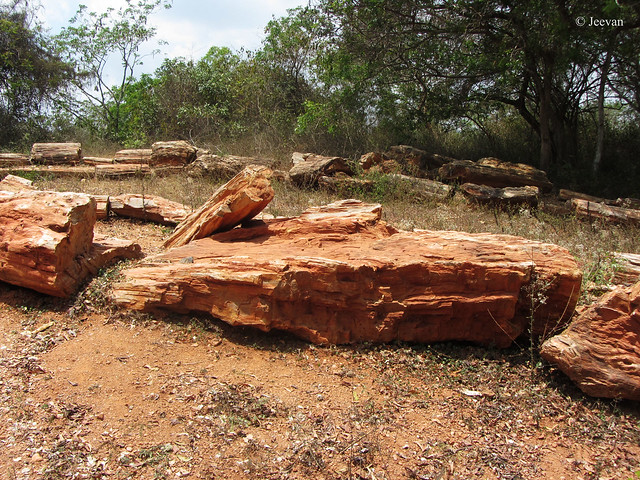
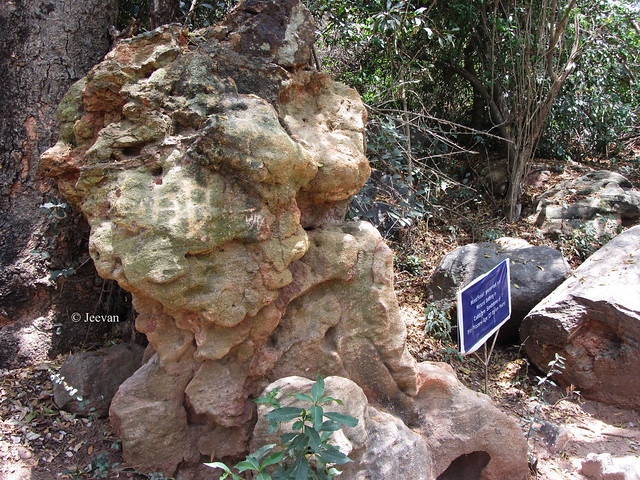

The
Fossil Wood Park is maintained by the Geological Survey of India and over an
area of about 247 acres; there are 200 fossilized trees ranging from 3-15
meters in length and up to 5 meters in width. But only a small portion of the
sandstone mounds is open to the public, where they displayed the fossil woods as
partially buried and strewn all over the area. A small ramp built along the
mound takes us little bit around the park that contains petrified wood fossils,
which is a special type of fossilized remains, where the organic matters are
replaced with minerals (mostly silicate) while retaining the original
structures, pattern and shades of the tree trunks.
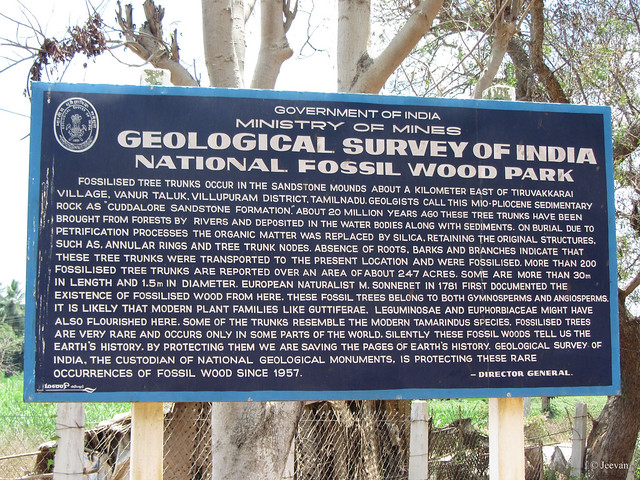
I think
the information board (picture above) provide enough details about the park,
but still for those who couldn't get to read: “Geologists call this
(Mio-Pliocene Sedimentary Rocks) as “Cuddalore Sandstone Formations”. About 20
million years ago, these tree trunks are believed to carry by rivers and
deposited in the water bodies along with sediments. In the absence of roots,
barks and branches it make certain that these tree trunks are transported to
the present location and fossilized.
European
naturalist M. Sonnertet was the first to document the existence of fossilized
wood from here in 1781. These fossil trees belong to both gymnosperms and
angiosperms are seed producers at open and closed state. It is likely that
modern plant families have also flourished here, but some of the trunks
resemble the modern Tamarinds species. Fossilized trees are very rare and occur
only in some parts of the world. Silently these fossil woods tell us the
earth's history. By protecting them we are saving the pages of earth's history.
Geological survey of India, the custodian of National Geological Monuments, is
protecting these rare occurrences of Fossil Wood since 1957.”
FYI: A
piece of fossil truck displayed at Ooty Botanical Garden and Children’s Park in
Chennai where also brought from here.

